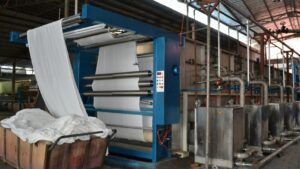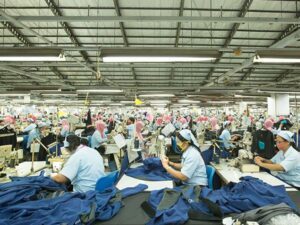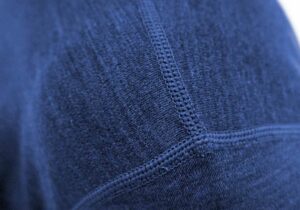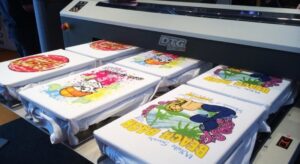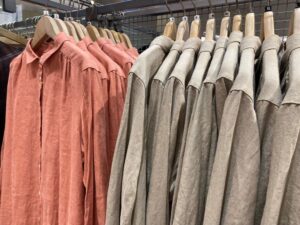On October 9, UNIQLO's parent company, Fast Retailing, released UNIQLO's fiscal year 2025 performance report.
- Full-year revenue: 3,400.5 billion yen (approximately USD 22.4 billion), a year-on-year increase of 9.6%
- Operating profit: 564.27 billion yen (approximately USD 3.72 billion), up about 13% compared to the previous year
Sources: fastretailing.com/eng/ir/financial/summary.html
In a year of global consumption slowdown and frequent store closures in the fast-fashion industry, UNIQLO not only kept pace but became even more profitable. The question is—How does UNIQLO manage to remain so profitable?
Are they raising clothing prices?
No. What truly drove their profit to a record high wasn't retail pricing, but manufacturing efficiency. So today, let's take a closer look at who's really helping UNIQLO make money.
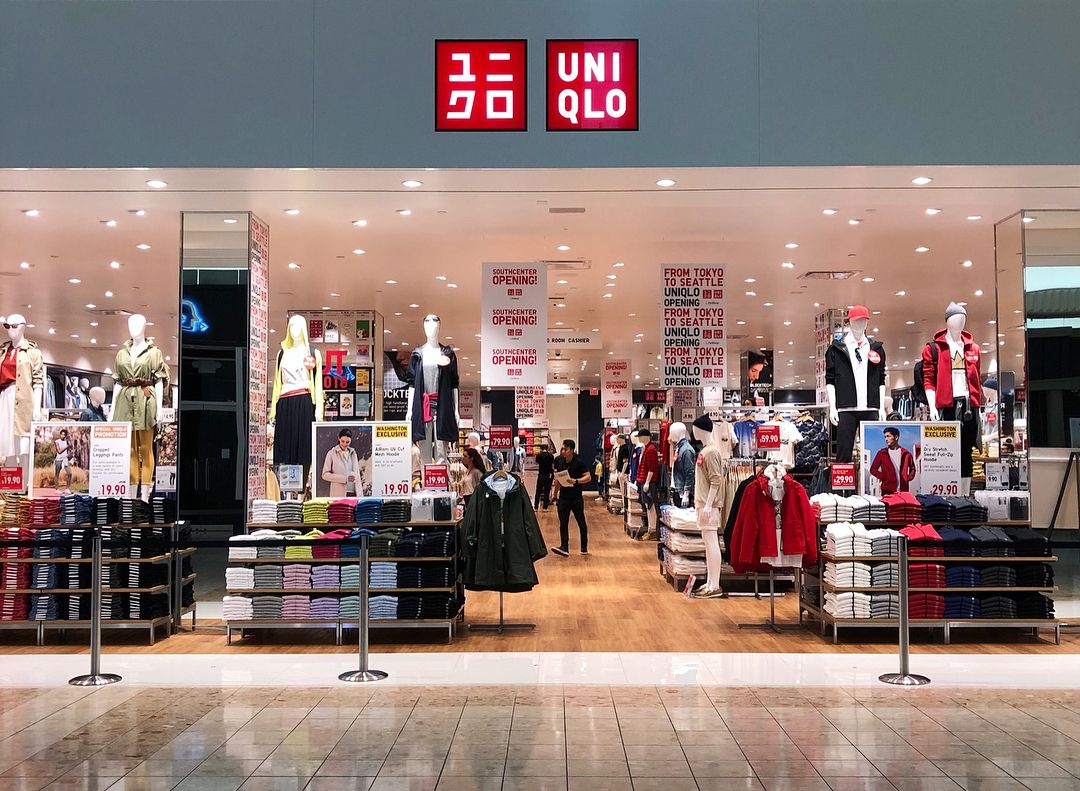
How Does UNIQLO Keep Growing Profits? The Answer Lies in the Supply Chain
In fiscal year 2025, UNIQLO once again broke records, achieving historic highs for the fourth consecutive year. But what's truly noteworthy isn't just the impressive numbers—it's how those profits were generated.
From a regional perspective, North America and Europe have become new growth engines:
- North American revenue grew by 24.5%
- European revenue saw an even more dramatic increase of 33.6%
Although Greater China experienced a short-term decline, it remains the group's largest market and returned to growth in the fourth quarter.
UNIQLO's operating profit margin rose to 16.2%, while inventory levels dropped to USD 3.37 billion, nearly 10% lower than the same period last year. For a global fast-fashion apparel company, this is an exceptionally rare performance. Rather than clearing inventory through discounts, UNIQLO relies on precise supply chain control to achieve "produce less, rotate fast, and avoid overstocking."
UNIQLO's "manufacturing system" is no longer just about improving production efficiency—it's a complete closed loop encompassing product planning, fabric development, capacity allocation, and end sales. Every step is driven by data, enabling real-time coordination between production, sales, and inventory.
In terms of production distribution, UNIQLO has long established a tiered layout across "China – Southeast Asia – South Asia." However, the most complex and critical technical processes remain in the hands of Chinese factories.
In other words—UNIQLO's profits aren't driven by advertising or price hikes. Instead, it's the "ultimate manufacturing efficiency chain," from fabric to store, that's helping it make money.
Who's Helping UNIQLO Make Money?—The "Chinese Manufacturing System" Behind 470 Factories
So, who exactly is supporting UNIQLO's "manufacturing efficiency chain"?
The latest published supplier list has been updated: UNIQLO's global apparel manufacturers have increased to 470, 25 more than the list from May. These additions are certainly not large factories but are more likely specialized boutique factories focused on specific niches. This indicates that while order resources continue to concentrate with "manufacturing kings" like Shenzhou International (申洲国际), Crystal International Group (晶苑国际), Chenfeng Group (晨风集团), Hualida Group (华利达集团) , etc., small and medium-sized factories still have opportunities to secure a share of the business as long as they excel in their specialized areas.
Thus, while the broader industry has been shrinking production capacity and cutting orders over the past two years, UNIQLO's production system has been expanding against the trend.
From a distribution structure perspective, China remains the absolute core:
| Country | Factories | Percentage |
|---|---|---|
| China | 254 | 54% |
| Vietnam | 73 | 15.5% |
| Bangladesh | 34 | 7.2% |
| Cambodia | 30 | 6.3% |
| Indonesia | 21 | 4.4% |
| India | 18 | 3.8% |
| Japan | 14 | 2.9% |
| Others | 26 | 5.9% |
This setup essentially forms a "gradient map":
- High-craftsmanship, high-technical-content products are concentrated in China
- Labor-intensive, large-volume orders are distributed across Southeast and South Asia
- Key processes like fabric and accessory sourcing and prototyping remain firmly within the mature industrial belts of the Yangtze River Delta and Pearl River Delta
In simple terms, UNIQLO leverages this gradient production system to achieve both delivery stability and cost efficiency simultaneously.
Supporting this map is a group of Chinese manufacturing giants—Shenzhou International (申洲国际), Crystal International Group (晶苑国际), Chenfeng Group (晨风集团), Nameson Holdings (南旋控股), Hualida Group (华利达集团), Jifa (即发集团), and others. These are not just suppliers but "co-creation partners" in UNIQLO's global manufacturing system. From fabric R&D to intelligent apparel manufacturing and fast-response production systems, many innovations have been developed collaboratively with these factories.
Therefore, UNIQLO's profits aren't squeezed out by price pressure. Instead, they are cultivated through long-term partnerships and co-evolution with these factories.
While production appears globally dispersed, it is, in fact, an efficiency network centered around "Made in China." This is UNIQLO's strongest card.
My Take
UNIQLO's financial report may seem like a victory for the retail end, but it's actually a triumph of the entire manufacturing system.
Over two decades, UNIQLO has honed "efficiency" into a barrier and turned "manufacturing" into part of its brand.
And supporting its steady growth are countless Chinese factories.
In other words, a significant portion of those USD 22.4 billion in revenue comes from the power of Chinese manufacturing.
What do you think? Is UNIQLO's success a victory of the brand or of manufacturing?





